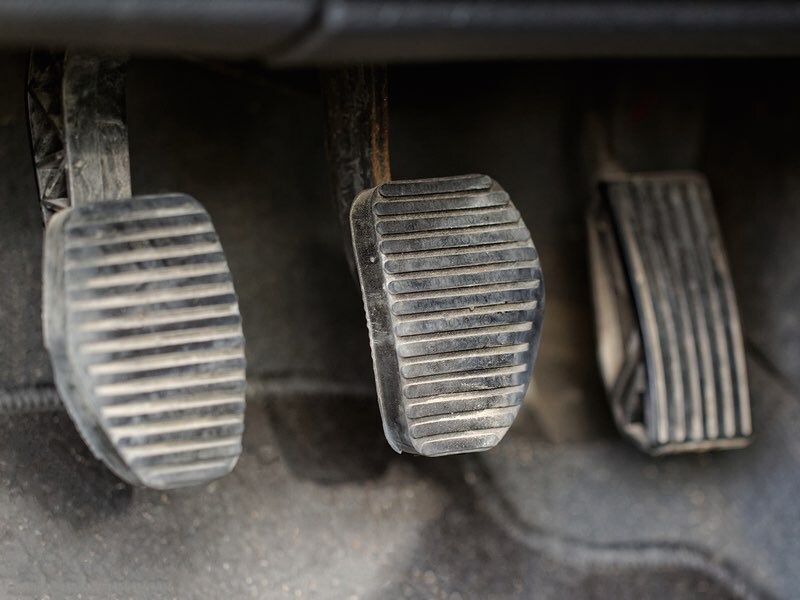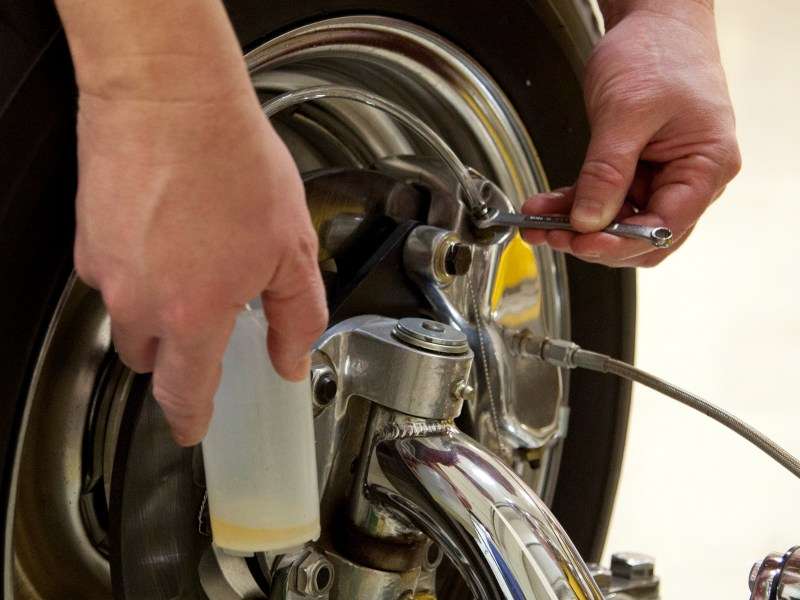Recent Articles
Popular Makes
Body Types
How to Change Brake Fluid

Flushing brake fluid is similar to bleeding the brakes, except that instead of stopping when the air bubbles clear, you keep going until all the old fluid has been bled out. The easiest and quickest way to change brake fluid is to use a pressure bleeder or vacuum bleeder to force the fluid through the system. These types of systems should come with their own instructions specific to the device.
If you don't have one of these tools, you can use the traditional method; however, be warned that this will require quite a bit of pedal pumping to completely flush the brake fluid. Ensure that the master cylinder is full before you start, and keep refilling it as you go. Place one end of a hose over the bleeder screw for the wheel furthest away from the master cylinder (unless your manufacturer suggests a different bleeding order) and insert the other end into an empty container. Place a block of wood under the brake pedal, and then have a helper press the brake pedal lightly. Open the bleeder screw and let the fluid drain out. As the fluid drains out the pedal should slowly sink. When the fluid stops running out, close the bleeder and have your helper remove their foot from the brake pedal. Repeat this process until clean brake fluid runs from the bleeder, then move on to the wheel next-furthest from the master cylinder.
An alternative method is the gravity method. Using this method when changing brake fluid can can take quite a bit of time, but requires very little interaction and can be done on all four wheels at once. Support the vehicle on jack stands and remove the wheels. Ensure that the master cylinder is full of brake fluid and that the cover is properly installed. Attach hoses to each of the brake bleeders and run them into some sort of container. Open each of the brake bleeders about a quarter turn, and fluid should start slowly dripping out. Keep the master cylinder full of fresh fluid, and close the brake bleeders as the fluid clears at each corner.
No matter which method you use when doing a brake fluid change, make sure that the master cylinder remains full to prevent air from being sucked into the lines. When you are done the bleeding process, press the brake pedal a few times to ensure that it is firm and that there are no leaks at the bleeders. Reinstall the tires and take the vehicle for a test drive to verify that the braking system is performing properly.
